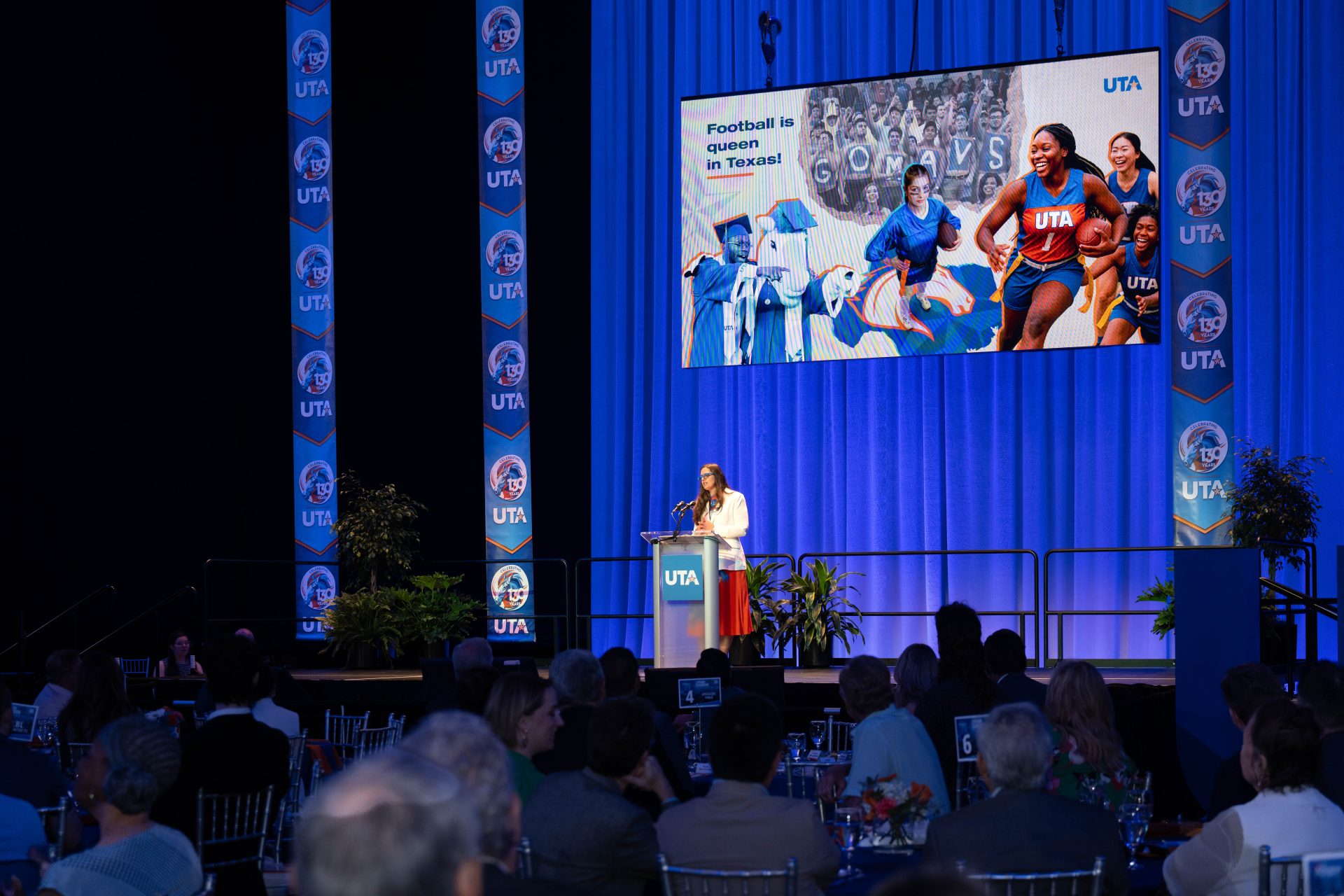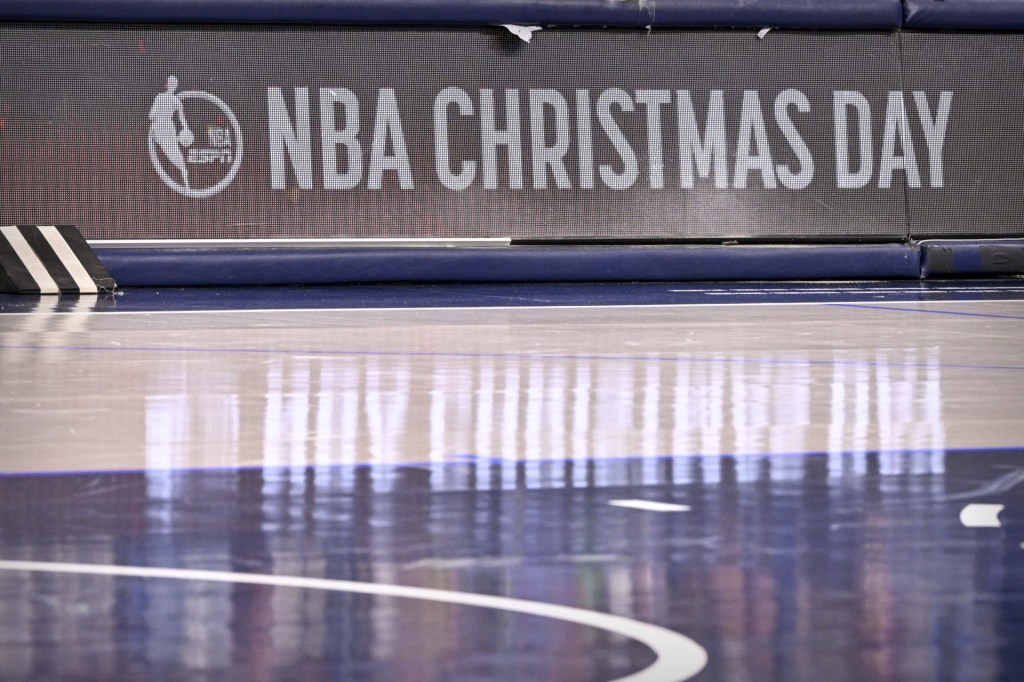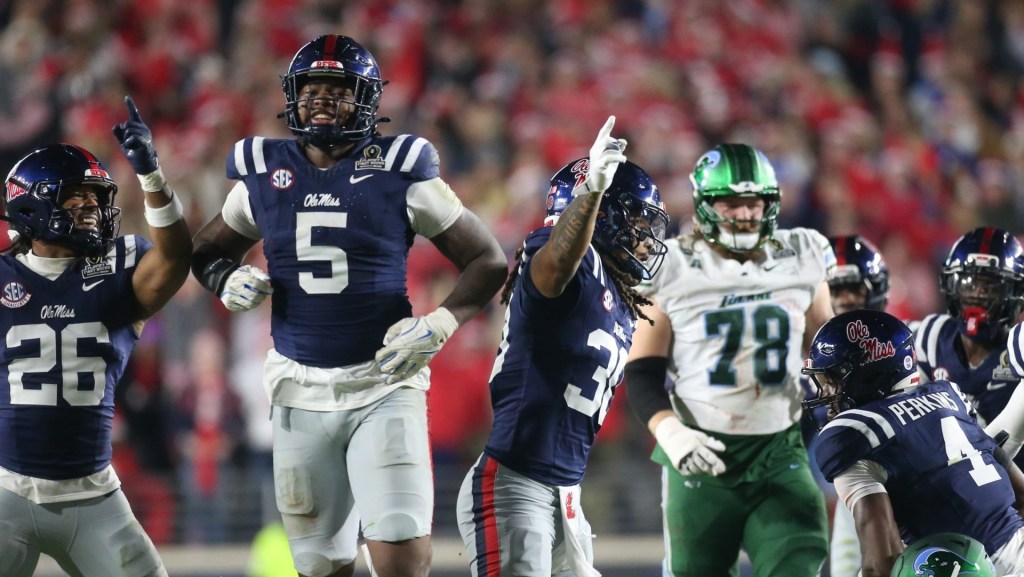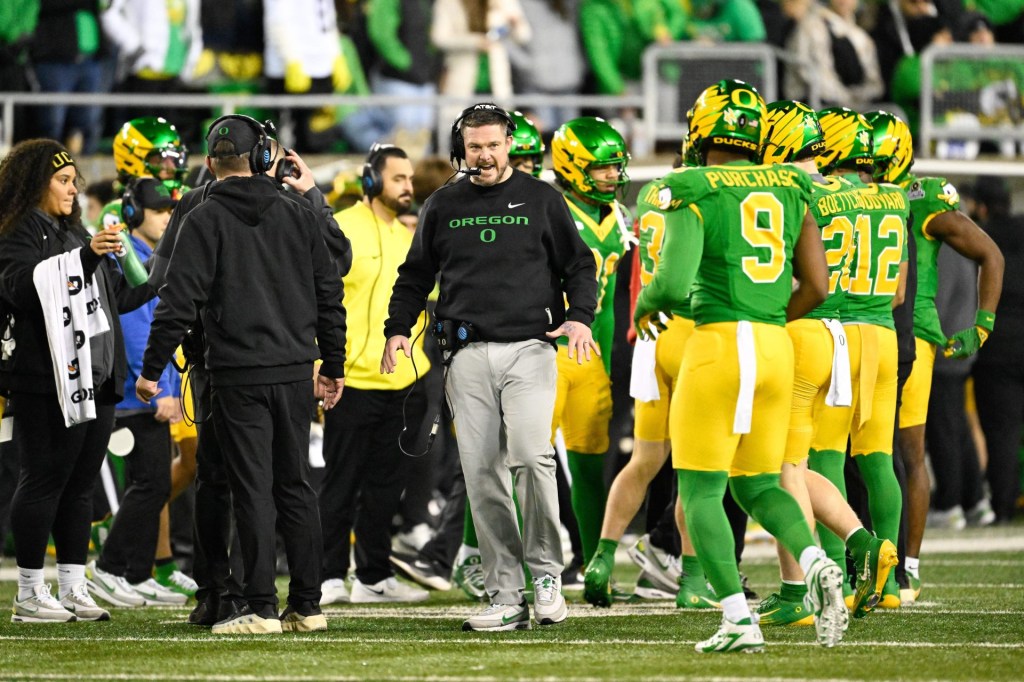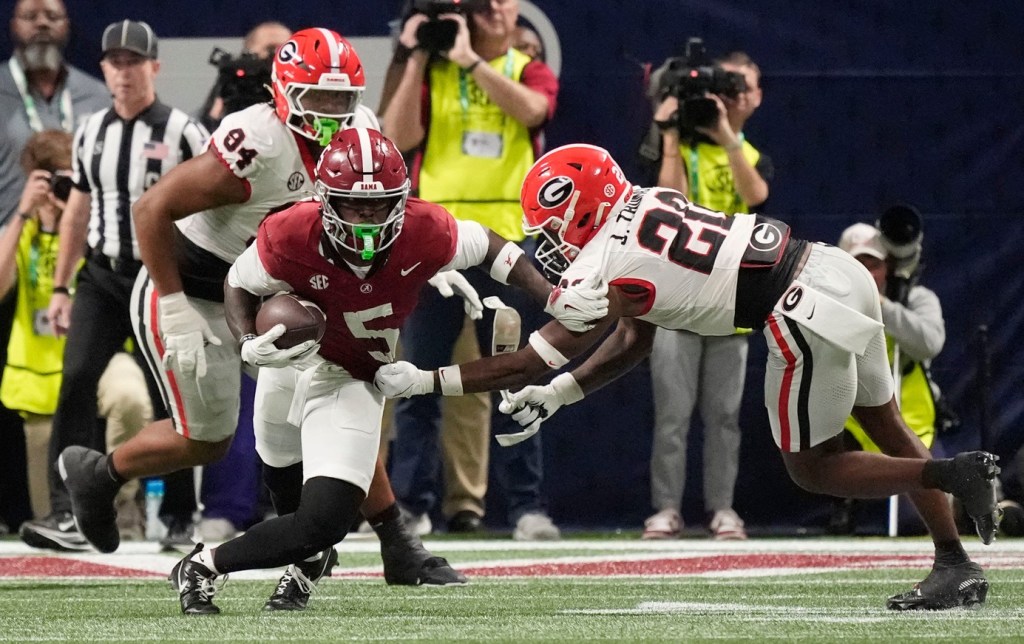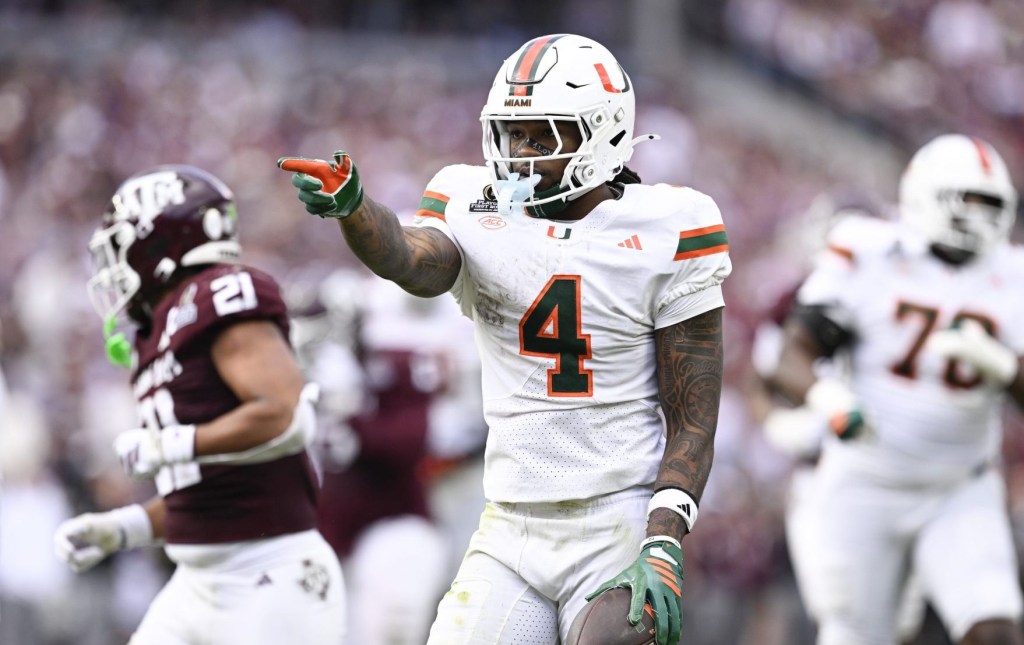The University of Texas at Arlington cut its football program in 1985. It’s an expensive program that comes with high operating costs, and UTA didn’t have room in the budget to keep it going. In May, though, the school announced it was adding a women’s flag football program in 2027—a move signaling women’s flag football as an opportunity, even as so many colleges are eliminating smaller sports.
Olympic sports have been hit with cuts in the wake of the House v. NCAA settlement, which allows schools to share broadcast revenue directly with athletes as of July 1. At least 32 programs across the country have been cut, with St. Francis University moving 22 of its Division I programs to Division III because it can’t afford the settlement terms.
Since the announcement of the program, UTA has heard from multiple companies in the Dallas-Fort Worth metroplex inquiring about sponsorship opportunities—with several that advertise specifically to women.
“It feels like there’s a lot of opportunity in flag football, regardless of anything else going on in the country,” Jon Fagg, UTA’s athletic director, tells Front Office Sports. “I think women’s flag football has a great potential to appeal with NIL. It’s a new women’s sport about to be in the Olympics, there are just products and organizations out there that want to be a part of those kind of things. We’ve already had an uptick in our sponsorships, and we’re still basically two years out. We’ve already had a couple of companies come and say, ‘I want to get involved right now, because I know that flag football is coming.’”
Getting ‘ahead of the curve’
The NCAA has classified women’s flag football as an “emerging sport,” which means schools play open competition across all divisions. There are more than 100 U.S. colleges that sponsor it either as a varsity or club sport. UTA is the first Division I university in Texas to add the sport to its athletic department with Concordia University (Division III) and Texas Wesleyan (NAIA) being among the schools UTA plans to play, Fagg said.
UTA isn’t the only school eyeing women’s flag football.
Mount St. Mary’s University in Maryland is the first school in the northeast to sponsor a varsity women’s flag football team, starting next spring. Similar to UTA, it discontinued football in 2003 because of the expense. However, every high school in Frederick County, Md., sponsors a flag football team, providing a natural recruiting infrastructure.
“I think eventually everyone’s going to have this, and it’s going to be on the NFL Network in the spring, and it’s going to be a huge deal,” Bradley Davis, Mount St. Mary’s athletic director, tells FOS. “But going on across college athletics, obviously, people were hitting pause a little bit on what to do with some of their sports. So we saw a window where we can be distinctive and unique and get ahead of the curve.”
Mount St. Mary’s is private, meaning a majority of its athletic funding is also private. Davis said there was unanimous buy-in from donors to support women’s flag football.
Two schools reached out to Fagg right after UTA’s May announcement, confirming they were also working on starting a women’s flag football program, inspired by UTA’s addition, he said.
Cheaper than soccer
UTA, which has 41,000 students, is short one staple in women’s sports—soccer. Texas is one of the most influential states in collegiate soccer with 19 Division I programs, second only to California in the U.S. But Fagg said the athletic department wanted to find a new opportunity in women’s sports to differentiate themselves, while factoring in startup expenses.
The original football stadium that holds 12,000 fans still exists on the campus, which hosts local high school football games. However, the cost to transform a soccer pitch is steep, whereas the infrastructure for flag football is already in place.
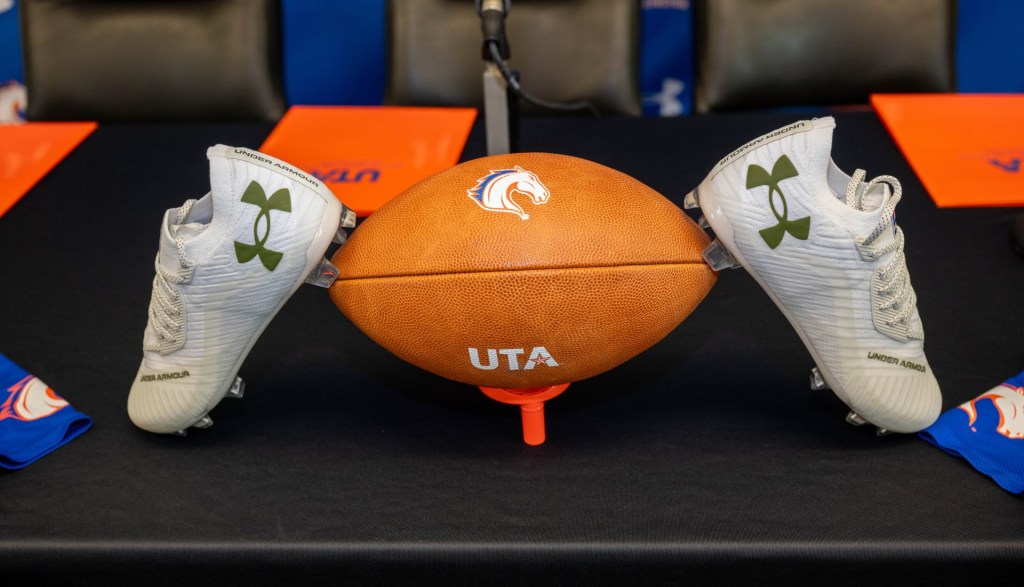
“Why wouldn’t we play soccer? We’re in the middle of [Dallas-Ft. Worth] and the [youth soccer teams] Texans and the Sting. Girls soccer is as good in the country as anywhere. Well, we have an old football stadium. The field is crowned. It’s humped in the middle, because in the old days, that’s how you drain the field. To fix that and put a flat soccer pitch in, is probably $2 million before we ever start playing, before we hire coaches, before we have all the surgeries for the ACLs that get torn while you’re playing soccer. The injury rate in soccer is incredibly high for girls.” (Research has shown female soccer players are nearly three times as likely to tear their ACL than their male counterparts.)
The format of women’s flag football of seven-on-seven—all players as eligible receivers, no quarterback runs allowed past the line of scrimmage, and the ball declared dead once it hits the ground—aims to be a safer and lower-contact sport than soccer. So the school’s medical costs should be lower too.
Roster sizes for flag football will be comparable to soccer with 18 to 30 on the team, with UTA planning to give out several scholarships. Additionally, the season will be played in the spring, so it doesn’t conflict with the NFL in the fall. Fagg confirmed that no broadcast partners that cover live collegiate sports are in the works right now.
The push for women’s flag football also extends through Texas’s recruiting base, and help from the NFL. There are more than 100 high schools in Texas that have an organized women’s flag football team, with lobbying to make it University Interscholastic League sanctioned.
“I have 20 different coaches that’ve reached out saying they’re club coaches in DFW, they’re club coaches in Texas, got somebody from California. We haven’t even started recruiting. There are players on the USA national team that live in DFW,” Fagg said. “A lot of the scheme works in tackle football and flag football. So there are plenty, plenty of coaching options.”
